Mindful Leadership for Change
Key Points
-
This blog builds upon Framing and Designing the How.
-
It digs into strategies for determining the ideal pace for implementation of innovation.

This is a follow-up to the earlier blog, Framing and Designing the How, that connects the alignment of intentional design in the role of planning and communicating.
Implementing scalable change in a learning system requires visionary work, brave conversations, and the ability to be intentional when deciding where to start, how to phase the work ahead, and how to reflect along the journey. Creating human-centric structures can not be achieved through a prescriptive recipe; it does not involve a canned curriculum with a paced delivery. Moving away from our system’s age-old paradigms requires brave leadership–not simple management.
Traditionally, our schools have not been designed to support all learners in achieving as much as possible. Although intended to provide families with access to viable economic pathways, the school has historically been designed, first and foremost, to be efficient. Transforming a learning organization born and bred from within this context takes time, and the route matters. As with any journey, taking the wrong route may prevent you from reaching your intended destination at all.
This blog builds upon Framing and Designing the How, by digging into strategies for determining the ideal pace for implementation of innovation by seeking an understanding of the system you serve (including the students, community, staff, and families). By assessing your organization or team’s capacity for change and commitment, you can identify leverageable phases and determine where to start.
Moving away from our system’s age-old paradigms requires brave leadership–not simple management.
Rebecca Midles
Scaling Change
The level of readiness, urgency and commitment are driving factors in the pace of transformation and the leadership that is required. As a system experiences growth toward the vision, the understanding, and commitment, will make way for larger levels of implementation to occur.
Starting small could mean a team of teachers collaborating and providing thematic projects or changing a leadership structure at a site. This level of change might lead to all middle schools providing humanities instruction across the system or intentional leadership teams aligned to the needs of sites, not seniority or personal preference.
Another route to change, given the context of capacity and commitment challenges, could be to start innovation through a microschool or learning pathway. This would fall into the small-scale change for a district or large-scale for a school. Providing an incubation hub for educators in the system to innovate or see and engage could lead to demonstration learning environments and eventually phasing onramp options for other groups in a system. Similar to meeting learners where they are on a learning journey, these innovative options can meet educators where they are in their change process.
|
Very Small Scale: Thematic units between teachers Small Scale: Design a microschool or HS pathway Large Scale: Early literacy redesign Implement: District-wide learning model |
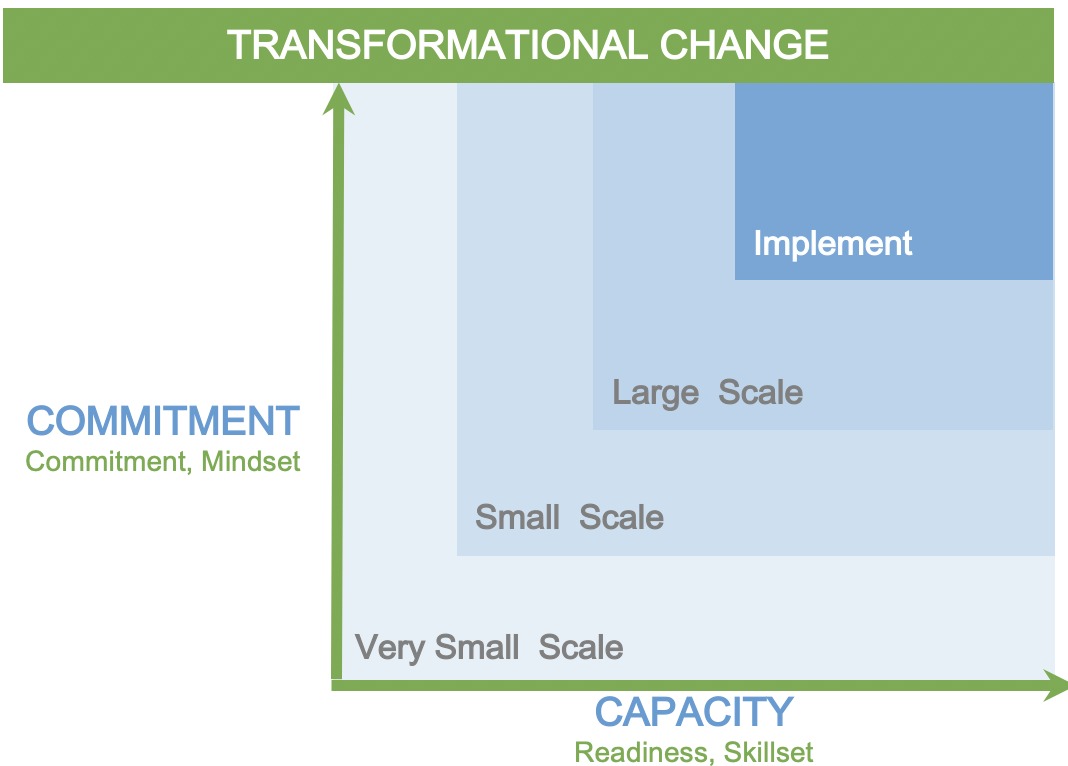 |
Large-scale change (short of whole-school transformation) could include redesigning early literacy development or assessment practices.
Full-scale implementation, like a district-wide personalized learning adoption, entails changing instructional practices at every level and this requires a high level of skill capacity and beliefs in the transformation. This phased level of change requires different approaches to leadership structures and intentional language around communication. Different levels of scale have varied needs and drivers.
Uncovering Drivers, Assessing Readiness
A collaborative team can support the project managing side of things but must do so in service of leading transformational change, which will not be easy or clean. This is the work that leaders are drawn to do. This is also the work we were drawn to do within this profession; to impact lives, not just the lives that are compliant, receptive, or malleable. Educators want to reach all of the young people we serve.
As communities uncover the need for change around the only learning system they know, that can be unsettling, as change often is. The pandemic exposed our learning systems that were poised to change in this context, those that weathered the storm, and those that barely hung on because the system was so utterly unprepared to change within a different context.
The chart below considers the drivers that are needed to move an organization through transformational change. Considering these drivers can shape the pace by building momentum, inclusion, and common understandings toward the implementation of a learning vision. 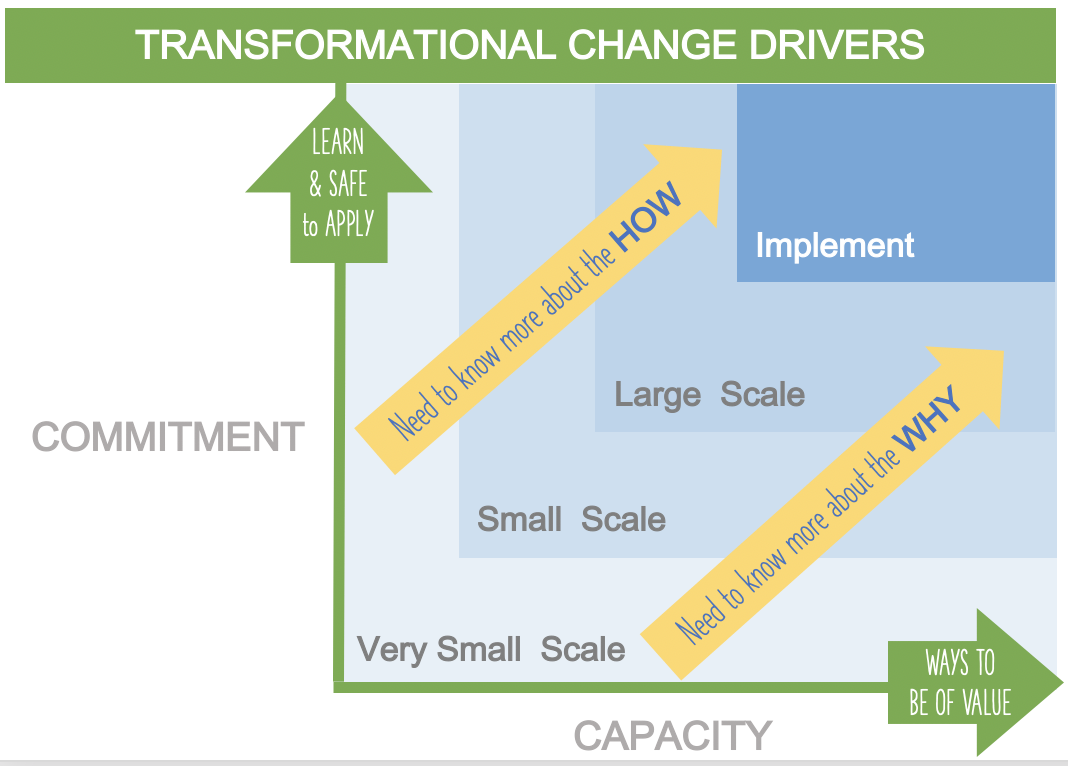
Understanding that you have groups at varying levels and studying the motivation and needs of these groups can shape a more considerate and responsive leadership style. This is also true for how the work is communicated and with consideration of the stakeholder roles. Transformational leadership relies on transparency and consistent communication. Leaders must share how they will lead and communicate during the journey to move toward the trust that is required to innovate.
Leaders and Managers
Leading groups in varied places on the journey are similar to but not exactly the same as differentiated learning. With adults, this is their profession, they trained for this career.
The more leaders are aware of the needs and wants of a group or individuals, the better they will communicate and lead. For example, a group of teacher leaders who feel valued in the current model and have a high capacity in delivering personalized learning may need to better understand the reasons (why) around systemic change, or the way a context changes their known strategies. Whereas some groups may already see the need for change and may even work with marginalized groups that the system is not serving. This group may need to understand the how or learn about a set of strategies and pathways that allow for new and innovative approaches.
Leaders need to utilize the expertise and insight of various stakeholders to support systemic change and sustenance. Instead of siloed departments disconnected from their mutual accountability, transformational systems will lean into the ambiguity together. Continuous collaboration, improved communication and more robust identities for roles and contributions will lead to a new way of understanding leadership and possibility.
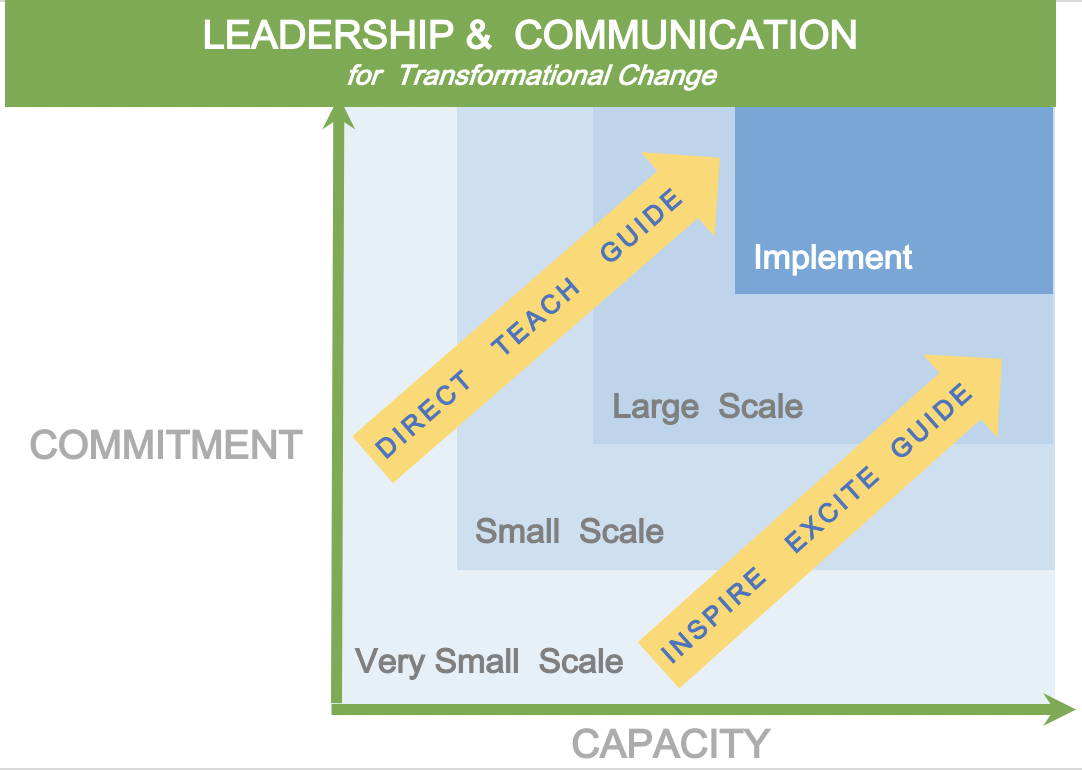
Leading for Scale and Sustainability
At the same time, the success of a system is never solely the result of one leader’s efforts, but instead because of a collaborative leadership effort. In such a setting, leaders don’t shy away from leaning into the hard stuff, but they also make space for others to be part of crafting the solution, using their collective strengths. A leader acting alone is unlikely to make sustainable change; a leadership team or collective leadership efforts are vital.
Transformational leaders distribute decision-making authority and responsibility to teams closest to focused stakeholder impact, like students. They spot and utilize leaders throughout the organization to staff and lead short-term projects, host or sponsor conversations, and facilitate agreements for improvement and innovation projects. They also give space for leaders in charge of future thinking as well as leaders in charge of the current strategy. Leaning into critical conversations and embracing vulnerability in times of ambiguity are critical phases to moving an organization forward.
Closing Thoughts
To assess a learning system’s level of readiness, an internal learning audit or external needs assessment may be a great place to start. The Carnegie Foundation, a leader in the field of improvement science, offers tools and resources for how to lead change. Co-designing Schools Toolkit provides resources for equitable change at the school level. With a strong understanding of leadership, shared commitments, and values, the work ahead is doable and scalable. The time this will take depends on the readiness of systems, their size, and scale, as well as the health of the communities they serve.
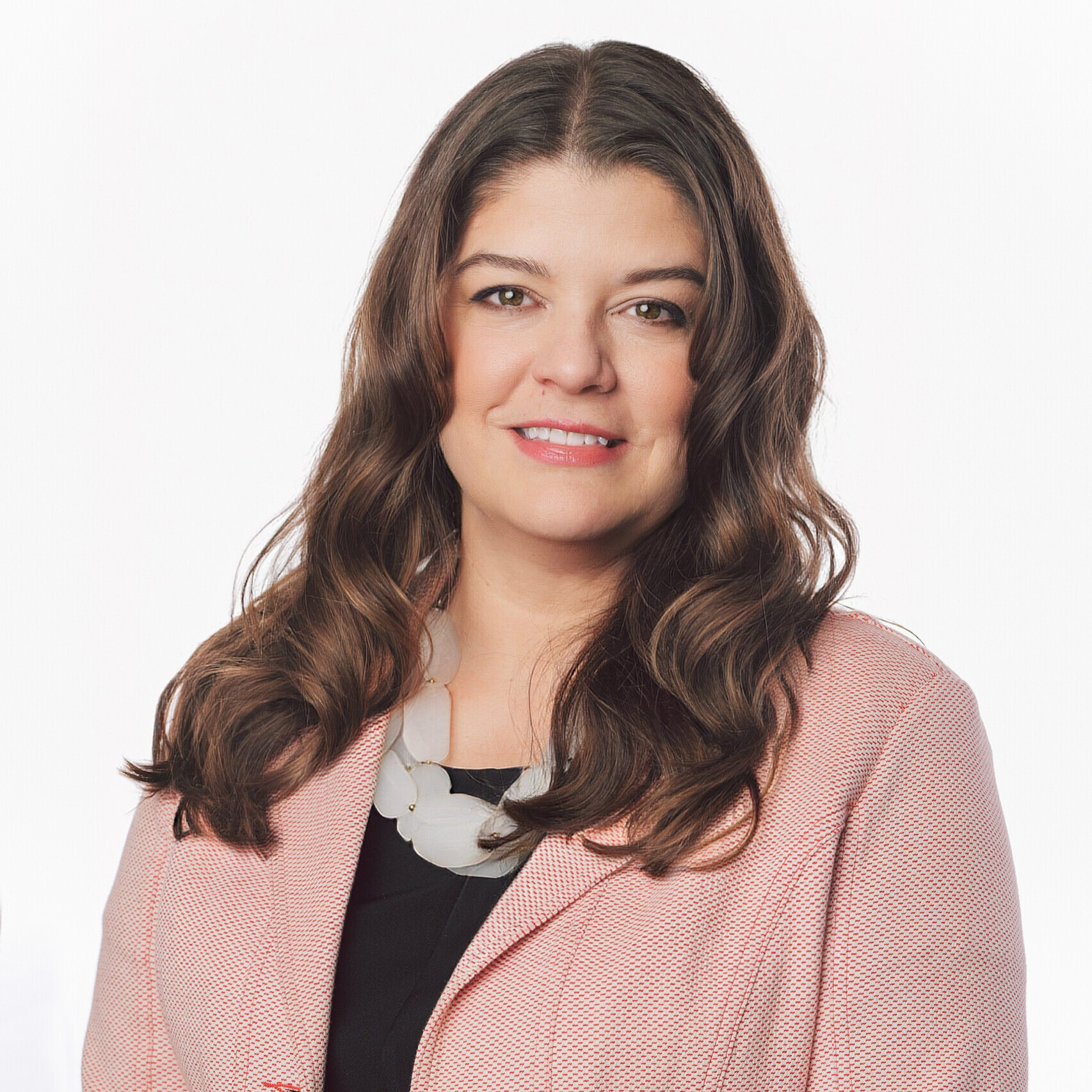
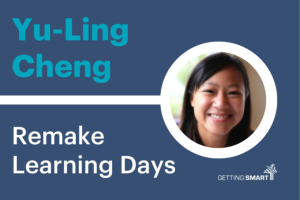
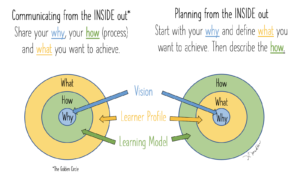
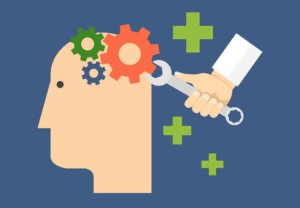

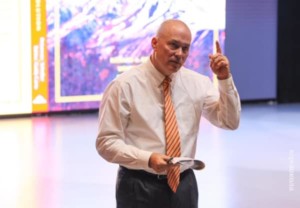
Antonio Sandoval-Silva
He leído con detenimiento este artículo (Liderazgo consciente para el cambio. By. Rebeca Midles) me parece maravilloso.